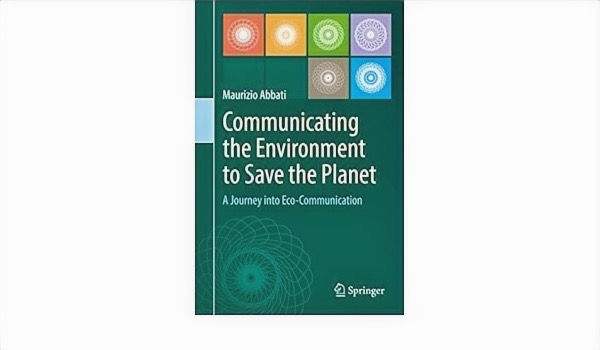Monaco is located in a natural marine-mountain ecosystem, particularly emblematic for the variety of animal and plant species. Since 2017, the Stratégie Nationale pour la Biodiversité Horizon 2030 (National Biodiversity Strategy Horizon 2030) has been constantly updated by the will of the Direction de l'Environnement (Directorate of the Environment) within the Prince's Government. This policy paper showcases the contribution of the Principality in the application of the Convention on Biological Diversity (CBD) through concrete actions aimed at preserving, restoring and enhancing Biodiversity.
On the 19th July 2024, the Monaco German Club expressed its direct support to the National Biodiversity Strategy. On the occasion of the fifty anniversary of the Club Allemand International de Monaco, Céline Caron-Dagioni, Minister of Government and Infrastructure, Environment and Urban Planning unveiled a commemorative plaque in the presence of Wilma Lämmle to pay tribute to her husband Eugen Lämmle who financed the planting of eleven Brachychitons, an exotic tree coming from Australia and New Guinea, commonly named as bottletree for the unique shape of its trunk. The Avenue Princesse Grace, alongside the Grimaldi Forum, is now embellished by a row of this prehistoric plant. Some fossils found in New South Wales (Australia) and New Zealand revealed the existence of this tree fifty millions years ago.
The Minister praised the approach of the German Club and this meaningful gesture which combines the public and private sectors in order to promote climate adaptation measures in Monaco's urban area, with special regard to green spaces. Urban reforestations by private donations are becoming more frequent worldwide and, hopefully, this initiative will pave the way for many others in Monaco, by choosing the plant species that best suit dry conditions increasingly impacting the Mediterranean climate.
National Biodiversity Strategy Horizon 2030 in a nutshell.
Monegasque territory is one of the most densely populated in the world (around 26,000 people per square meter - Source: World Economic Forum). It is therefore vital to design development scenarios that take sustainability into account. In particular, natural assets need to be integrated in city management to make it more resilient to new challenges arising from climate change and the various forms of human pollution.
Nature-based solutions directly contribute to improving local Blue and Circular Economy as well as the tourist attractiveness of the Principality, allowing to reach a better quality of life in harmony with all living beings. Not by chance, the National Biodiversity Strategy aims at:
Putting Nature first to better adapt urban structures to improve air quality, fight against heat waves and develop social regeneration areas in contact with natural elements ;
Federating all Stakeholders around consistent projects towards biodiversity preservation;
Creating an Integrated Ecologic Approach involving key sectors like urban development, healthcare, business and economy.
Policy Guidelines develop through about seven strategic pillars subdivided into 35 operational objectives expressing the vision of the Prince’s Government in terms of urban management and preservation of its natural heritage, in the medium and long term (2030). A real roadmap to make Monaco a leading Country in sustainable awareness and taking action. ***
MonacoEcoArt keeps its journalism open to all although its information is the result of pure professionalism and knowledge. Supporting our Media allows us to keep our independence while offering quality contents based on traceable sources. Thank you for your collaboration.

By Maurice Abbati
>> Journalist, Editor, Communication, Media and Public Relations Specialist.
>> Lecturer and Author in English language of Technical Articles and the Manual: "Communicating the Environment to Save the Planet, a Journey into Eco-Communication" by Springer International Publishing.





Comments